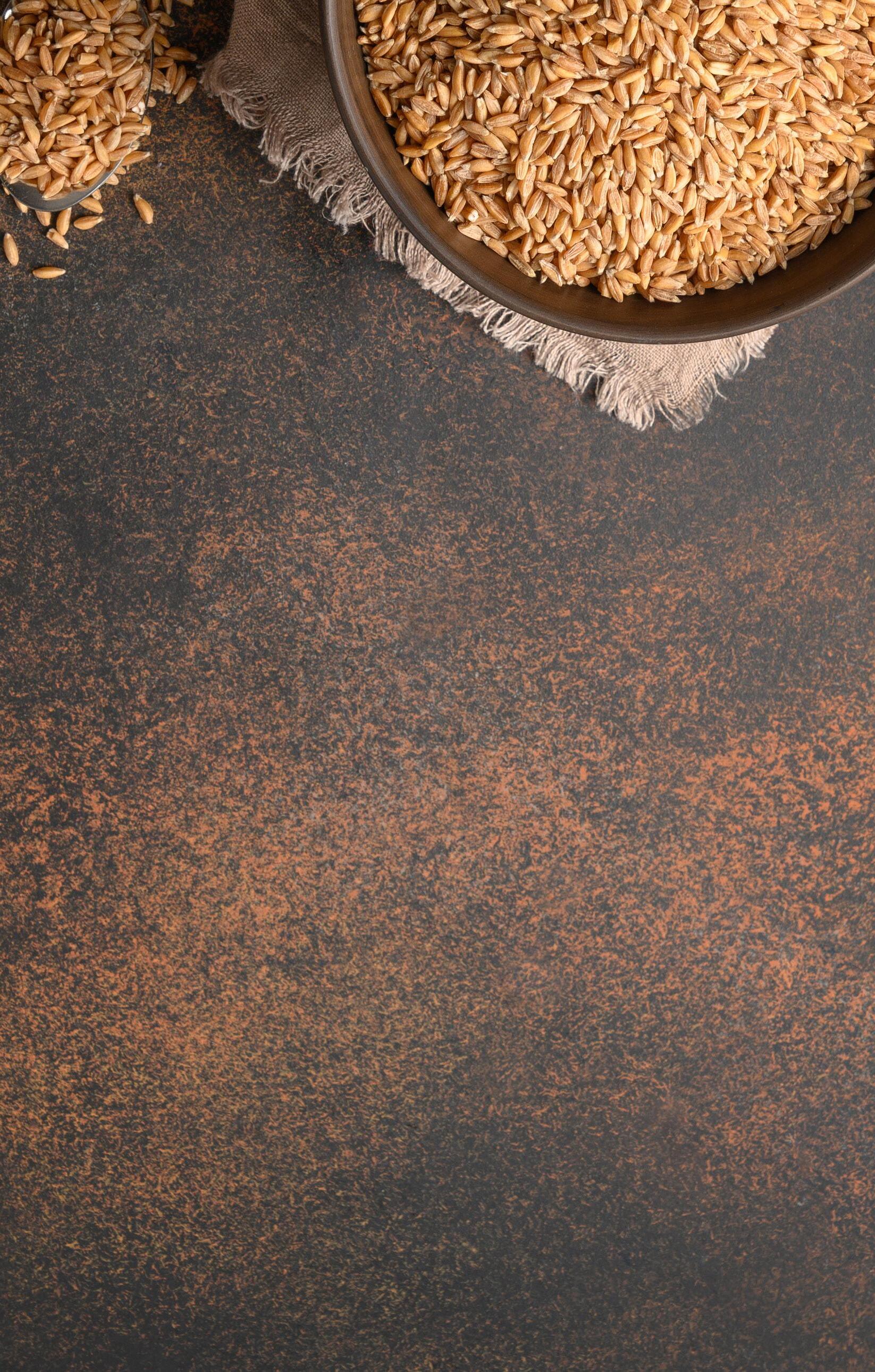
1 minute read
Farro really isn't far out...
It’s possible you’ve never heard of farro, an umbrella term for the wheat varieties of spelt, emmer, and einkorn. As such, it’s not appropriate for those with gluten sensitivities. But if you don’t have such issues, this versatile ingredient definitely deserves a place in your pantry.
Farro is considered an “ancient grain”, and not just because it’s been found in the tombs of Egyptian kings. Ancient grains – including quinoa, amaranth, and chia – are so named because they are essentially the same as they were hundreds of years ago. Unlike big commodity crops such as corn, rice, and contemporary wheat varieties, ancient grains have remained unchanged by modern agriculture. They are non-GMO, and usually produced with very little processing. Because of that minimal processing, farro retains a lot of its innate nutritional benefits. It’s a good source of fiber, protein, and several nutrients such as zinc and B vitamins. Akin to rice and barley, farro makes the perfect side dish, whether on its own or cooked as a pilaf. It also works in risotto, salads, and is very
by Katy Budge
good as a hot breakfast grain – serve it sweet or savory depending on your tastes. Unlike rice, cooking farro is a pretty forgiving process. You can lift the lid during cooking, set it and forget it in the slow cooker, and even add more liquid without it becoming mushy. The biggest challenge in cooking farro is knowing which kind you have. The whole grain type is the most nutritious, but needs to be soaked overnight. That’s not necessary with the semi-pearled and pearled farros, which are still packed with nutrition. And, if you’re interested in buying local products, farro can also check that box. Kandarian Organic Farms grows that and many other ancient grains right here on the Central Coast!










